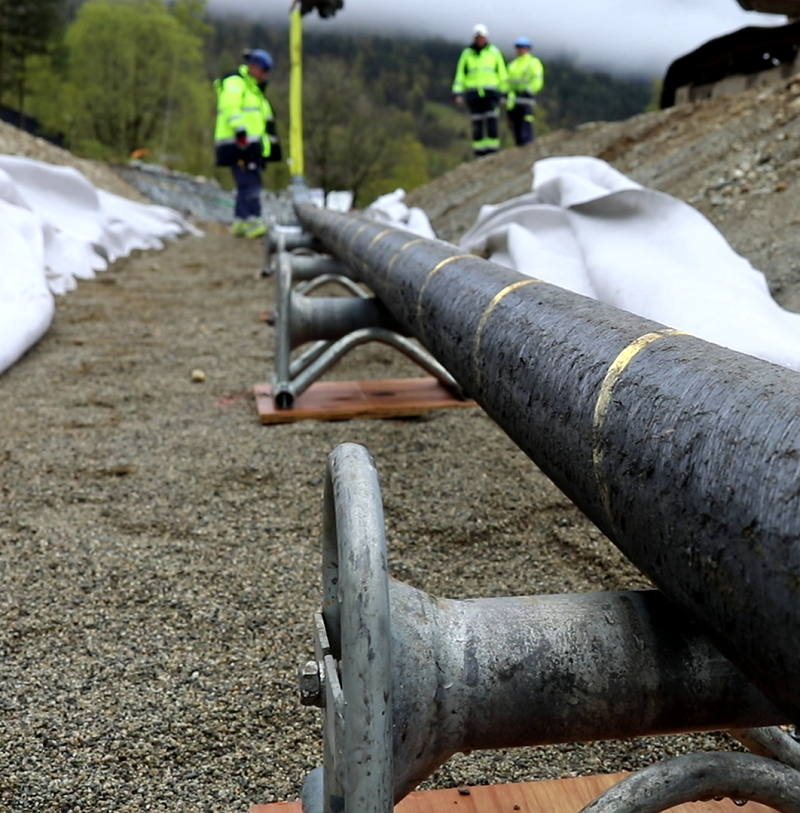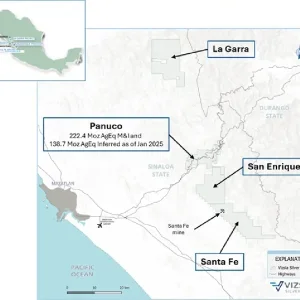
The UK’s National Grid and Norwegian transmission system operator (TSO) Statnett have started commercial operations of the €1.6bn North Sea Link, a 720km subsea interconnector that links the Nordic and British energy markets.
Through the facilitation of the trade of renewable energy between the two countries, the interconnector will help cut down the burning of fossil fuels in the UK. Thereby, it will offset 23 million tonnes of carbon emissions by the end of the decade.
National Grid Ventures president Cordi O’Hara said: “North Sea Link is a truly remarkable feat of engineering. We had to go through mountains, fjords and across the North Sea to make this happen.
“But as we look forward to COP26, North Sea Link is also a great example of two countries working together to maximise their renewable energy resources for mutual benefit. We are delighted to have been able to work together with our Norwegian partners Statnett to deliver a world record asset that will make a positive impact on the lives of citizens on both sides of the North Sea.”
The commissioning milestone of the 1.4GW North Sea Link comes nearly six years after its final investment decision was taken by partners. In 2018, the installation of the associated subsea cable began.
The subsea transmission cable connects Blyth in Northumberland with the Kvilldal village in Norway, located near Stavanger.
It will begin to operate with a maximum capacity of 700MW and over a three-month period will increase gradually to its full capacity.
After reaching full capacity, the subsea interconnector is estimated to deliver sufficient clean electricity to power 1.4 million homes.
According to National Grid, production from Norwegian hydropower plants varies throughout seasons and years due to changes in water levels in reservoirs based on weather conditions.
During periods of wind generation being high and the demand for electricity being low in Britain, the North Sea Link will enable the export of renewable power from the UK. This will help conserve water in Norwegian reservoirs.
Likewise, when demand in the UK is high and at the same time if there is low wind generation, the Norwegian hydro power will be imported to help ensure electricity supplies that are secure, affordable, and sustainable for consumers in Britain.
Statnett CEO Hilde Tonne said: “This interconnector will facilitate more renewable production in both countries. Connections between countries and areas are a prerequisite for the energy transition in Europe and improves security of supply.
“It ensures access to power even when there is little water in the reservoirs or when the wind does not blow.”






